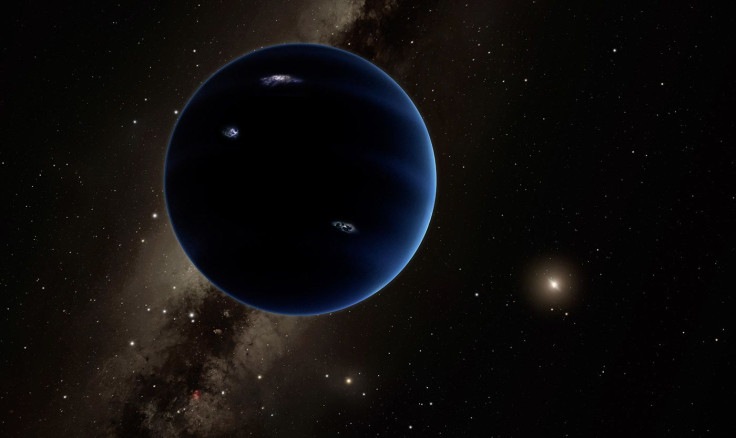Astronomers Starting To Doubt Planet Nine’s Existence

KEY POINTS
- Astronomers investigated the evidence supporting Planet Nine's existence
- They focused on the orbits of icy asteroids in the Kuiper Belt
- Planet Nine does not have an effect on the orbits of KBOs
A team of astronomers recently investigated the evidence pointing to the existence of Planet Nine. After carrying out their study, the astronomers concluded that Planet Nine might not exist at all.
The investigation was led by Samantha Lawler, an assistant professor of astronomy at the University of Regina in Canada. Details of their investigation were presented in an article published through The Conversation.
Many scientists believe that Planet Nine could be the undiscovered ninth planet of the Solar System. Since it has not yet been discovered, it is currently considered as a hypothetical planet.
The concept of Planet Nine’s existence emerged to answer some of the mysterious occurrences observed in the Solar System, such as the tilt of the Sun’s spin axis and the varying orbits of icy asteroids beyond Neptune.
For most scientists, the gravitational presence of a massive planet 10 times the size of Earth could be responsible for these occurrences.
One of the strongest evidence supporting the existence of Planet Nine is the orbit of objects inhabiting the Kuiper Belt, a region beyond Neptune. Kuiper Belt Objects (KBOs) are icy asteroids that came from the remains of planetary building blocks.
Although most KBOs follow orbits around the Sun that extend beyond Neptune, there are some objects that have a more elliptical and tilted trajectory like Pluto. Previous calculations and simulations revealed that the presence of a large planet, such as Planet Nine, may have caused the unusual orbits of some KBOs.
Through a recent investigation using the Canada-France-Hawaii Telescope, a group of astronomers monitored over 800 KBOs in a space of five years.
The astronomers were able to closely study the asteroids and adjust for observational biases. Surprisingly, their investigation did not reveal the clustering of orbits of KBOs. Their findings were similar to those of another study that used the Outer Solar System Origins Survey.
According to Lawler, their findings indicate that the KBOs’ orbit is not being affected by the gravitational forces coming from an unknown source, which is the hypothetical Planet Nine. If this theoretical planet did exist, the astronomer noted that the KBOs would follow a very different orbital path.
“Our observations with a careful survey have discovered KBOs that are not confined by Planet Nine, and our simulations show that the Kuiper Belt should contain different orbits than we observe if Planet Nine exists,” she stated in the article.
© Copyright IBTimes 2025. All rights reserved.




















